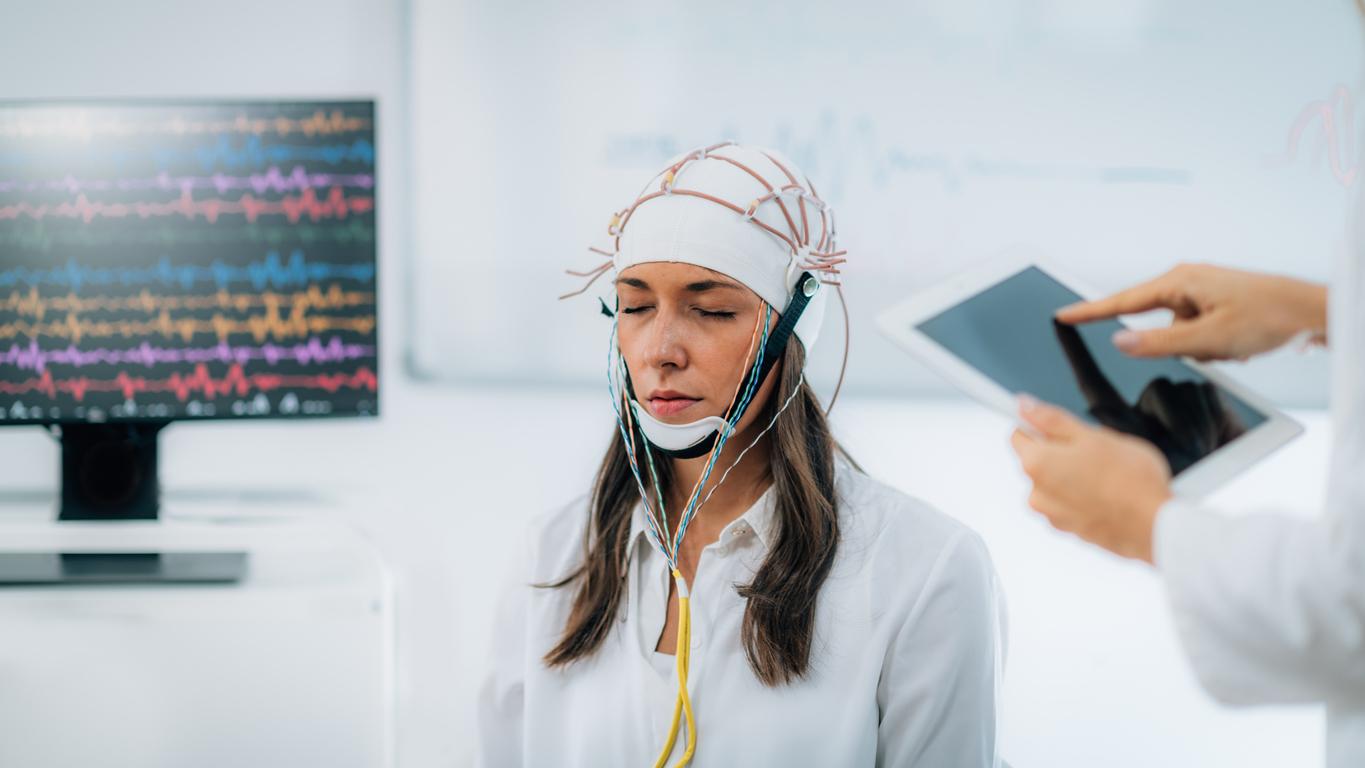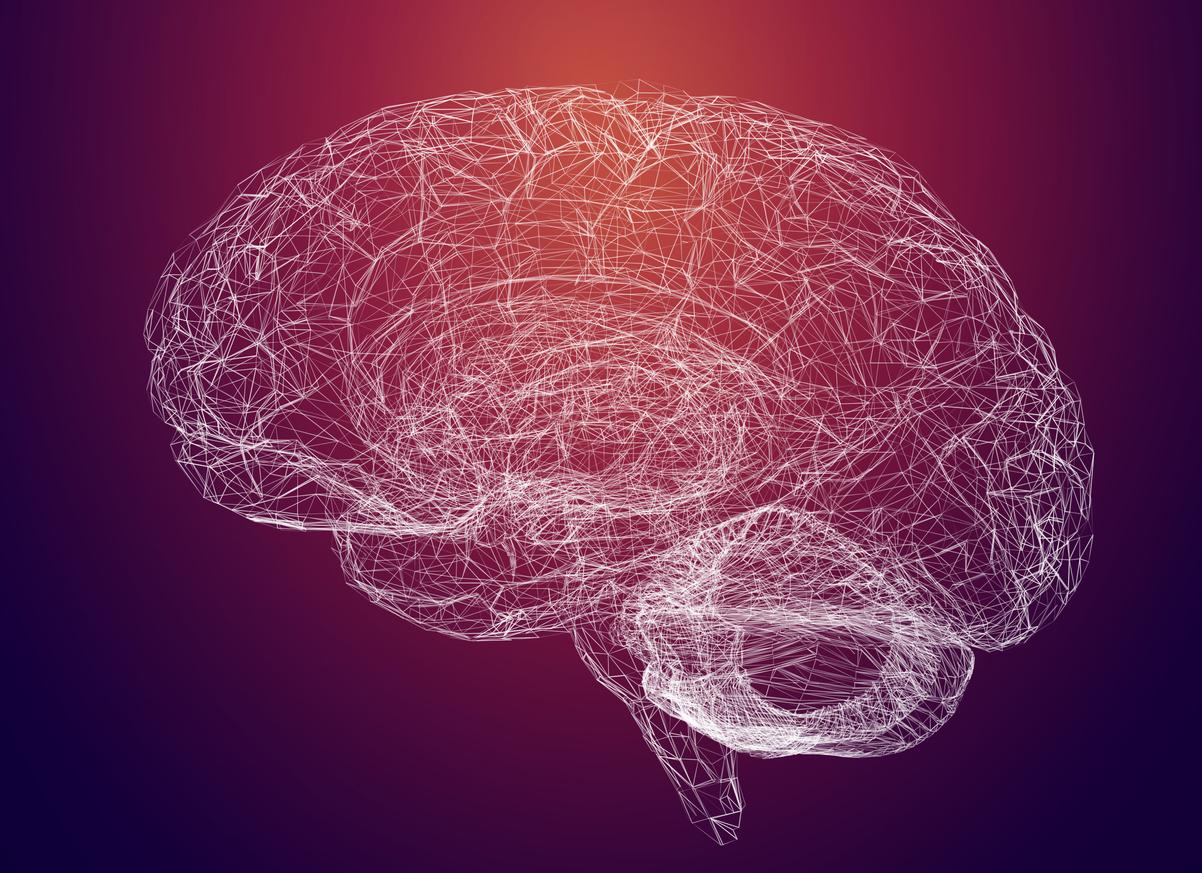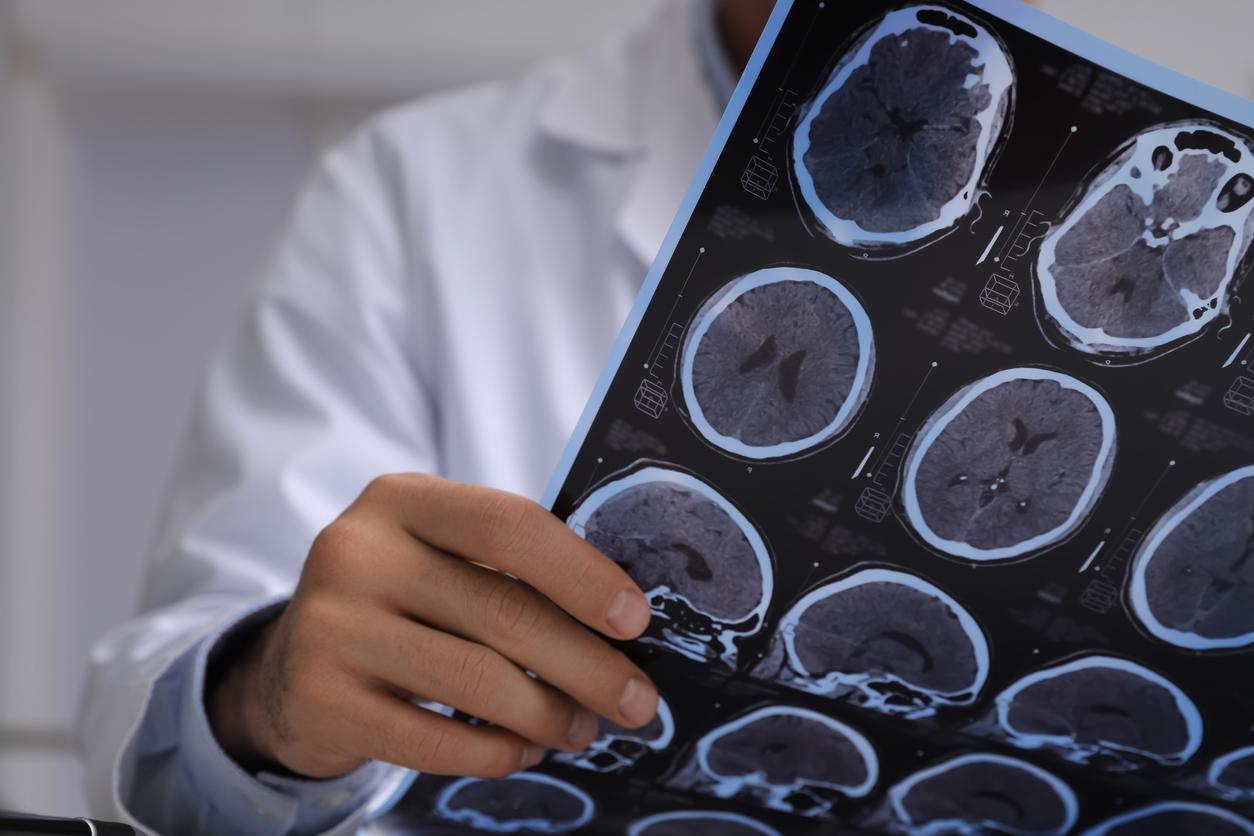Thanks to a new treatment using electrical brain stimulation, patients with binge eating disorder have seen their binge eating episodes decrease.

- The self-administered treatment combines a transcranial direct current stimulation (tDCS) technique with an attention bias modification training (ABMT) program.
- Binge eating episodes in patients who received tDCS and ABMT treatment decreased from an average of 20 per month at the start of the study to just 6 per month six weeks later. They also lost the most weight of any cohort.
- The dual treatment also appears to have an effect on anxiety: patients reported “a substantial improvement in their mood” throughout the follow-up, which became “lighter”.
Binge eating disorder is an eating disorder characterized by recurrent episodes of binge eating, an irrepressible and uncontrolled need to eat until full. A condition that is usually accompanied by anxiety and can lead to obesity and other metabolic diseases, among others. the 3 to 5% of the population who suffer from it.
While patients with binge eating disorder require multidisciplinary therapeutic care, a team of researchers from King’s College London, United Kingdom, has just revealed the promising results of a new treatment designed to “rewire” the brain. Their work was published in the journal BJPsychOpen.
Electrical brain stimulation to treat binge eating disorder
The self-administered treatment combines a transcranial direct current stimulation (tDCS) technique with an attention bias modification training (ABMT) program. The former involves applying mild electrical currents, via electrodes placed on the skull, to stimulate specific areas of the brain. The latter, already used in psychotherapy to treat eating disorders, aims to “strengthen patients’ self-regulation capacity by correcting their harmful biases towards food and changing the way they view high-calorie foods”we can read in a communicated.
The researchers recruited 82 overweight or obese patients who met diagnostic criteria for binge eating disorder. Participants were assigned to four separate groups, each receiving either 10 sessions of self-administered tDCS at home during ABMT, 10 sessions of placebo tDCS (no electrical stimulation during ABMT), 10 sessions of ABMT alone, or no treatment.

Less binge eating and anxiety, more pounds lost
As a result, patients who received tDCS and ABMT reported the most changes in their behavior: their binge eating episodes went from an average of 20 per month at the start of the study to just six per month six weeks later. They also lost the most weight of the participants: an average of 3.5 to 4 kg over six weeks, compared with 1.5 to 2 kg for the group that received ABMT with sham tDCS, and much less for those who received ABMT alone.
“tDCS targets brain-based behavioral patterns that may contribute to loss of control around food, allowing people to change ingrained thinking and behavior around eating,” explains Dr. Michaela Flynn, lead author of the study.
Finally, it should be noted that the dual treatment also appears to have an effect on anxiety: patients benefiting from both brain stimulation and the training program reported “a substantial improvement in their mood” throughout the monitoring, became “lighter”. The others observed no change.

















